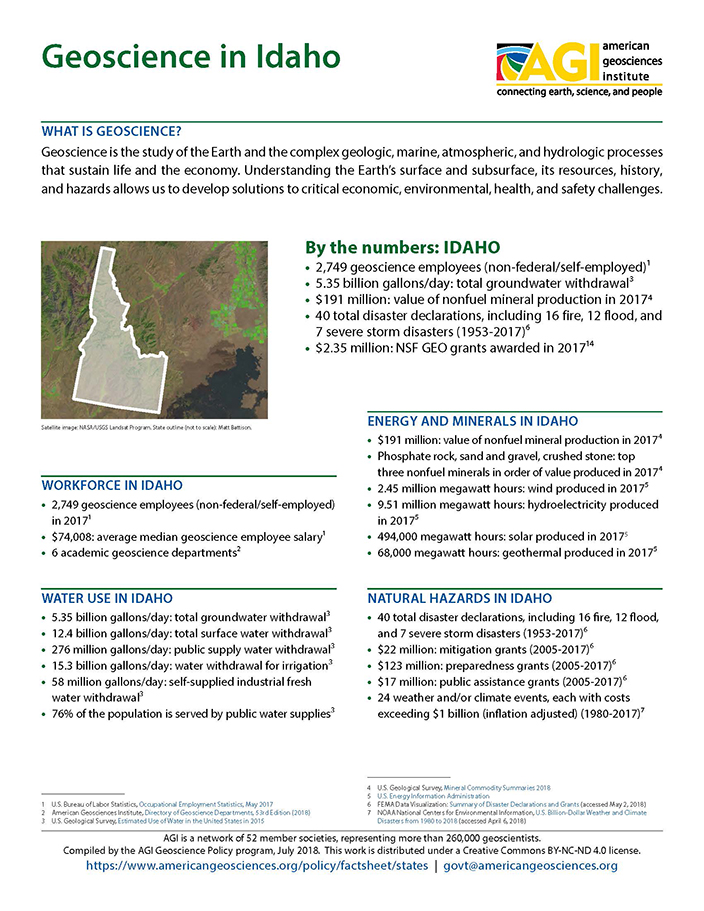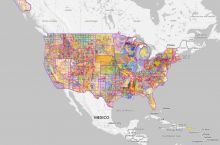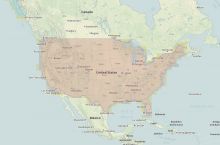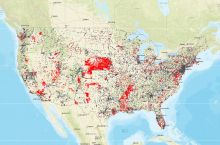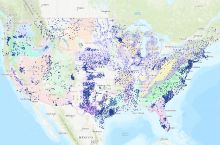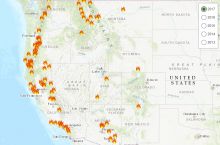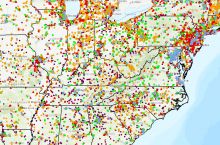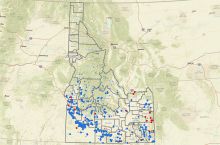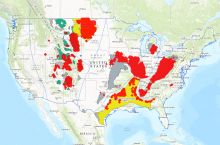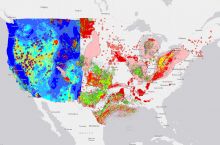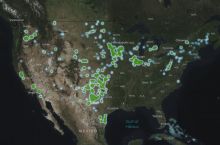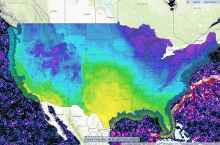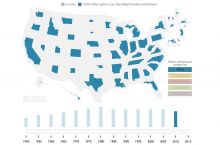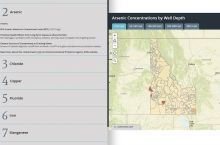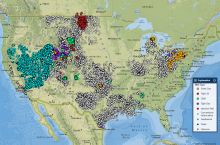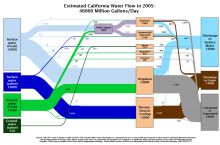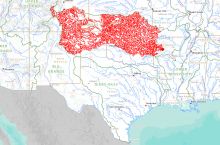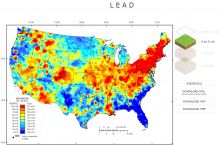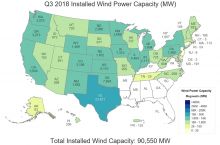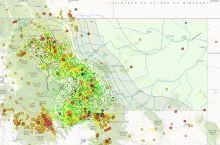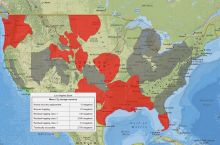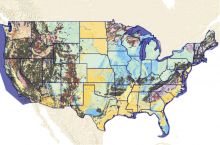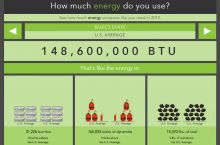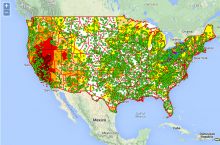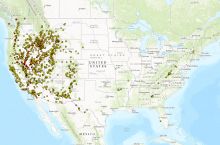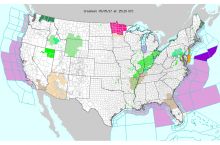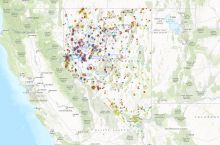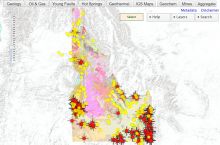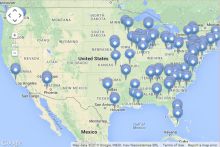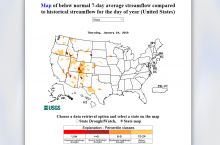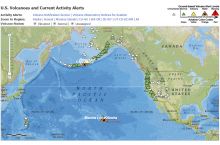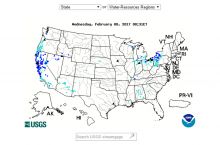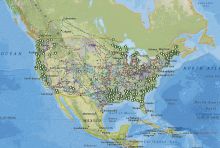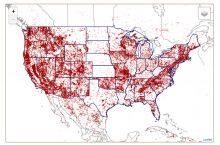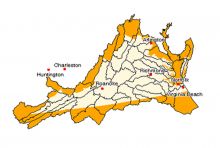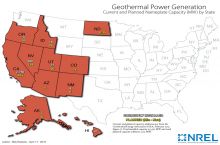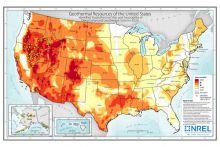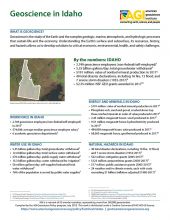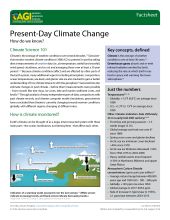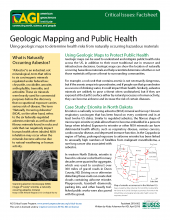By the numbers: Idaho
- 2,749 geoscience employees (excludes self-employed)1
- 5.35 billion gallons/day: total groundwater withdrawal3
- $191 million: value of nonfuel mineral production in 20174
- 40 total disaster declarations, including 16 fire, 12 flood, and 7 severe storm disasters (1953-2017)⁶
- $2.35 million: NSF GEO grants awarded in 201714 ...
Agencies Working on Geoscience Issues in idaho
The role of IBL is to provide laboratory services to support the programs within the Department of Health and Welfare, Idaho's seven public health districts, other state agencies, and citizens.
The mission of the Idaho Department of Environmental Quality is to protect human health and the quality of Idaho's air, land, and water. DEQ manages a broad range of activities, including assessment of environmental problems; oversight of facilities that generate air, water, and hazardous waste pollution; monitoring of air and water quality; cleanup of contaminated sites; and education, outreach, and technical assistance to businesses, local government agencies, and interested citizens.
The mission of the Idaho Department of Lands is to professionally and prudently manage Idaho's endowment assets to maximize long-term financial returns to public schools and other trust beneficiaries and to provide professional assistance to the citizens of Idaho to use, protect and sustain their natural resources. Among other responsibilities, the IDL manages the land beneath Idaho's navigable waterways, provides some regulation of Idaho's mining industry, provides regulatory oversight of forestry practices, provides fire protection and prevention on more than 6 million acres of land, and houses the Oil and Gas Division (the administrative arm of the Idaho Oil and Gas Conservation Commission).
The mission of the Idaho Department of Water Resources is to serve the citizens of Idaho by ensuring that water is conserved and available for the sustainability of Idaho’s economy, ecosystems, and resulting quality of life.
The Idaho Geological Survey is a public service and research agency at the University of Idaho. Idaho statute directs the Survey to collect, interpret, and disseminate geologic and mineral data for the state.
The mission of the Idaho Office of Emergency Management is to guide the State of Idaho in effectively preparing for, protecting against, mitigating the effects of, responding to, and recovering from all hazards.
The Idaho Oil and Gas Conservation Commission regulates the exploration, drilling and production of oil and gas resources to ensure the conservation of oil and gas and the protection of correlative rights and surface and groundwater.
The Idaho Soil and Water Conservation Commission provides support to conservation districts; provides conservation incentive programs; and offers comprehensive conservation services and programs.

